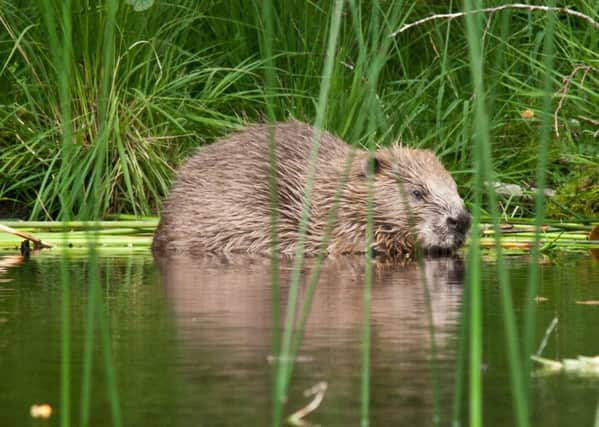Beavers '˜need help to become integral part of Scotland's landscape'


Beavers are set for official recognition as a native species in Scotland, 400 years after they were hunted to extinction here.
Scottish ministers granted the designation on the back of a successful five-year reintroduction trial, carried out in Knapdale forest in Argyll.
Advertisement
Hide AdAdvertisement
Hide AdIt gives the animals protected status and allows them to spread “naturally”.
But conservationists believe this is not enough to secure beavers as an integrated part of Scotland’s natural landscape.
They will need help if they are to colonise suitable habitats the length and breadth of the country, particularly in northern parts.
“If we’re going to keep beavers as a native species in Scotland then we will need to do more to help them get properly established,” according to Steve Micklewright, chief executive of the conservation charity Trees For Life.
“Beavers are a keystone species because they have an impact on the whole habitat.
“Their actions shape the landscape, and the general health of a river system improves as it becomes richer in all kinds of life.
“There are plenty of suitable places north of the Great Glen but they’re not going to get there soon by themselves. It’s a natural barrier. It would take several decades for them to reach areas further north.
“If we are to give them a secure future as a native species we need to help them, and add some more to increase their genetic diversity.”
Advertisement
Hide AdAdvertisement
Hide AdBut the latest proposals could face opposition. As well as the 20 or so animals that now call Knapdale home, Scotland has another – unofficial – population of wild beavers that has been successfully colonising areas around Loch Tay and Loch Earn over the past decade.
Their numbers are uncertain, but estimates range from around 150 to as many as 700. They stem from animals that escaped or were illegally released from a private collection. However, their presence has sparked controversy, with farmers in the region resorting to culling the animals due to their damaging impact on important agricultural land.